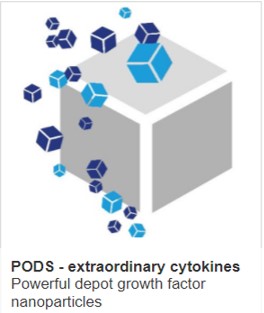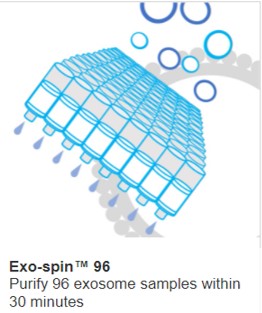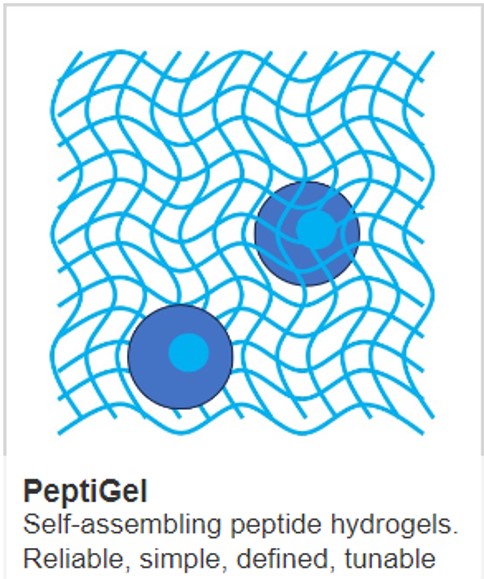Aptamer-exosomes as sensors in Alzheimer disease models

Aptamers, from the Latin word ‘aptus’, meaning to fit, are short (20-100 nucleotide) sequences of synthetic DNA, RNA or peptides that can be used for binding to specific target molecules with high sensitivity and biocompatibility. Exosomes have been used to deliver ATP-sensing DNA aptamers in a model of Alzheimer disease.
Aptamers can be used in a number of biological and environmental applications, by acting as probes in assays and imaging methods. For example, they can be used as an alternative to antibodies which are widely used in proteomic research, but are costly and carry a biohazard risk when generated in cells or animals. In contrast, aptamers cost little to nothing to maintain and can be synthesized on demand. This also helps reduce the use of animals in biomanufacturing.
Whilst still a relatively new technology, a number of therapeutic and diagnostic uses of aptamers are being developed and open up exciting new ways to target disease.
As with any therapeutic modality, challenges arise in targeting and delivery of molecules to their destination. One of these challenges includes crossing the blood-brain barrier (BBB), to treat and monitor CNS diseases such as Alzheimer’s.
Exosomes have been shown to cross the BBB and are being investigated as a nanocarrier for CNS therapeutics.
A recent research paper from Yi Lu’s group at the University of Texas looked into combing aptamers and exosomes as a means to deliver ATP binding DNA aptamers in a BBB model. The group utilised exosomes derived from SH-SY5Y cells, a neuroblastoma cell line, and encapsulated the aptamers using a freeze-thaw method, attaining a 45% loading efficiency. By labelling the aptamer with a fluorophore, which become visible when bound to ATP, an energy metabolite crucial for brain function and maintaining cellular energy levels, they were able to use the aptamer to monitor ATP levels. The group used this method for detection of the aptamers in-vitro and in-vivo.
The aptamer-loaded exosomes successfully crossed the BBB in the in-vitro model, as well as the BBB in a mouse model. The study highlighted significantly decreased levels of ATP in the brains of Alzheimer’s mouse models against much higher levels in healthy controls. They also observed an endosome recycling pathway as a means for the exosomes to cross the BBB.
Whilst improvements are required in other areas of exosome technology, (notably upscaling of purification and the separation of distinct populations) to make this approach commercially feasible, this study highlights the potential of exosomes as an effective delivery system across the BBB. This also shows potential for using aptamers to monitor other metabolite targets within the brain or specific cell types.
Cell Guidance Systems offers lyophilised, well characterised exosomes from a number of cell lines, including SH-SY5Y, enabling off-the-shelf use for exosome research.
IMAGE Exosomes within brain tissue. CREDIT: Cline, et al. Creative Commons
Learn more about powerful technologies that are enabling research:



